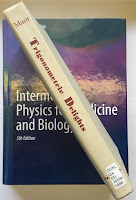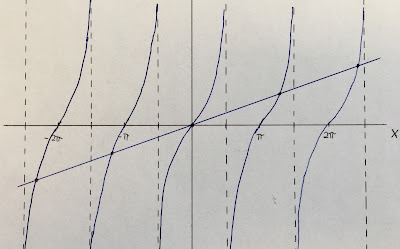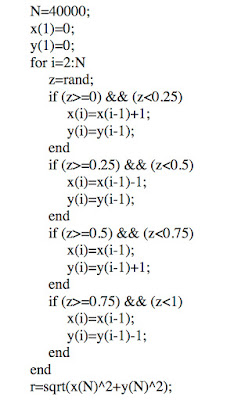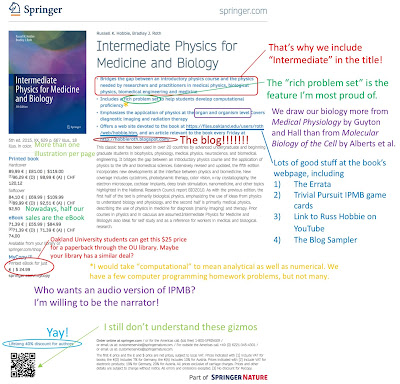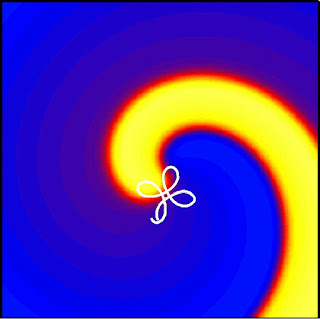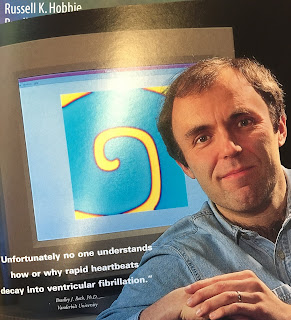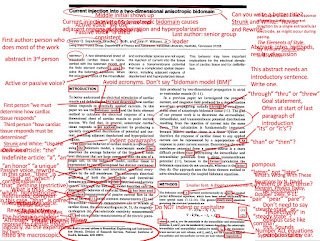Consider the Fourier series for the cotangent function, cot(x) = cos(x)/sin(x).
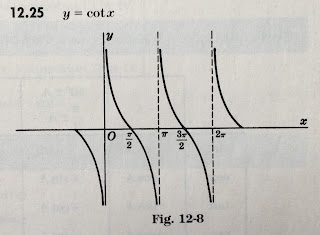 |
| The cotangent function, from Schaum's Outlines: Mathematical Handbook of Formulas and Tables. |
The function is periodic with period π, but at zero it asymptotically approaches infinity. Its Fourier series is defined as
where
The cotangent is odd, implying that only sines contribute to the sum and a0 = an = 0. Because the product of two odd functions is even, we can change the lower limit of the integral for bn to zero and multiply the integral by two
To evaluate this integral, I looked in the best integral table in the world (Gradshteyn and Ryzhik) and found
implying that bn = 2, independent of n. The Fourier series of the cotangent is therefore
When I teach Fourier series, I require that students plot the function using just a few terms in the sum, so they can gain intuition about how the function is built from several frequencies. The first plot shows only the first term (red). It's not a good approximation to the cotangent (black), but what can you expect from a single frequency?
 |
| The cotangent function approximated by a single frequency. |
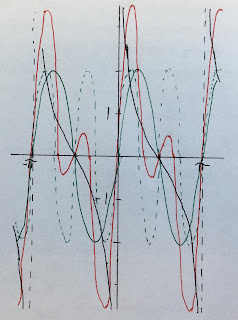 |
| The cotangent function approximated by two frequencies. |
 |
| The cotangent function approximated by ten frequencies. |
The bottom line: the Fourier method fails for the cotangent; its Fourier series doesn’t converge. High frequencies contribute as much as low ones, and there are more of them (infinitely more). Nevertheless, we do gain insight by analyzing this case. The method fails in a benign enough way to be instructive.
I hope this analysis of a function that does not have a Fourier series helps you understand better functions that do. Enjoy!






